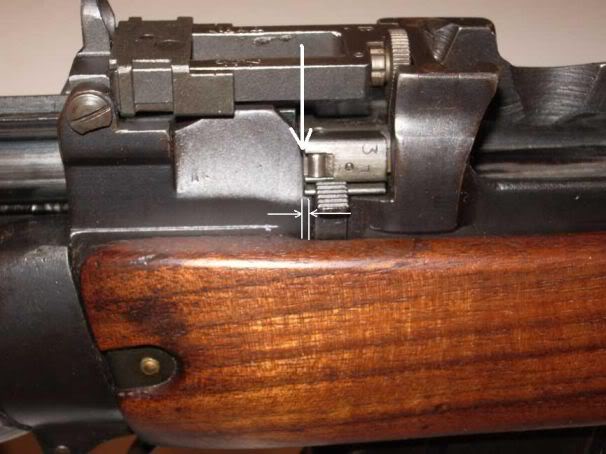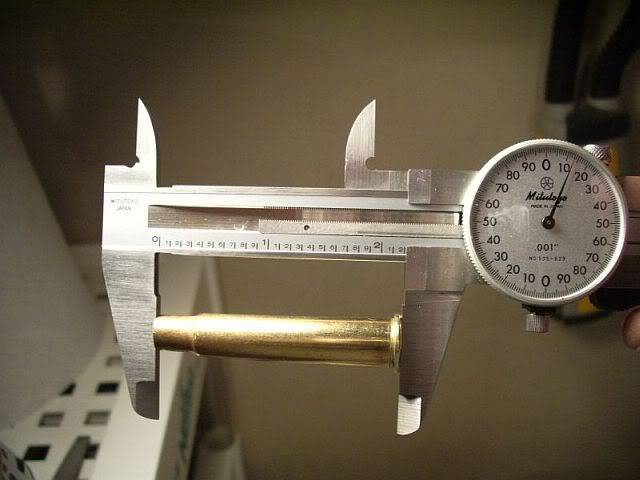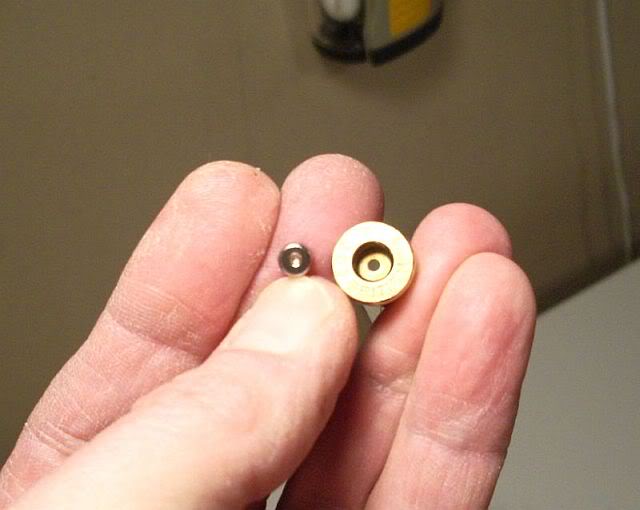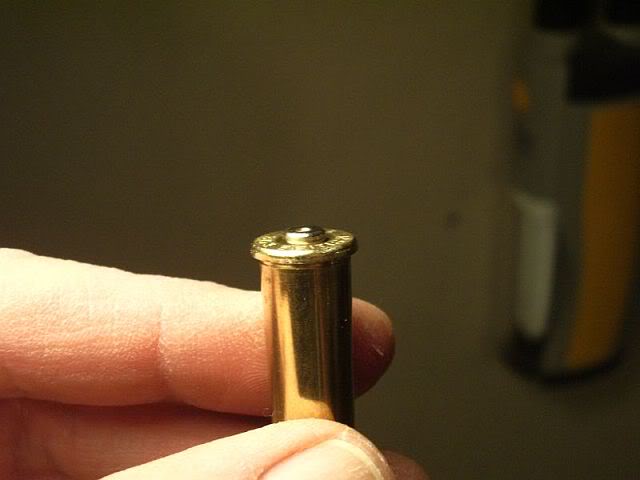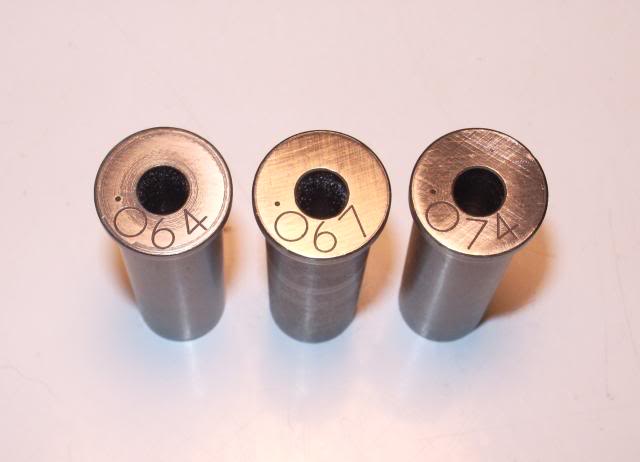-
Legacy Member

 No Go Gauge GOs!!
No Go Gauge GOs!!
Early last month I picked up a NO1 MKIII from a gun shop about 30 miles from here. It was made in 1942, looked cleanish but the wood was not finished to a high quality. Had a Crown with GR below, on the line below the crown a single bottom portion of an L, then no other marks except model info. Bolt does not match serial which starts with an N119XX. No serial on bolt at all except for some hard to distinquish proof marks and an S on the piece that flips aside to remove the bolt. Bolt is in really nice looking condition. As the post is headed the new Forster no-go gauge that I just received from Numrich fits really nicely and closes.
Should I invest in a field gauge or just look up a gunsmith to headspace this baby.
Information
 |
Warning: This is a relatively older thread
This discussion is older than 360 days. Some information contained in it may no longer be current. |
|
-
-
04-10-2010 01:36 PM
# ADS
Friends and Sponsors

-
Banned

-
-
Legacy Member

-
-
Advisory Panel


If the Forster gauge is .070", just cut a 1/2" circular shim from an aluminum beverage can, measure it carefully (many are pretty close to .004"), stick it to the gauge with a tiny dab of sticky grease, and you have a ~.074" gauge at no added cost. If you want to get really fancy, get a cheap feeler gauge ($3 at Harbor Freight) and cut a shim from the .004" feeler.
If you have the bolt head stripped, take advantage of a learning opportunity and try feeling the end-play with the bolt closed on the gauge. Given enough practice, most humans with normal manual sensitivity can learn to make very close estimates down to about .001" just feeling the "slop" in the bolt when there's no interference from extractor or main spring.
If you're planning to handload, ask yourself why you're worried about headspace when you can easily control cartridge end-play by fireforming with a spacer and subsequent neck or partial sizing.
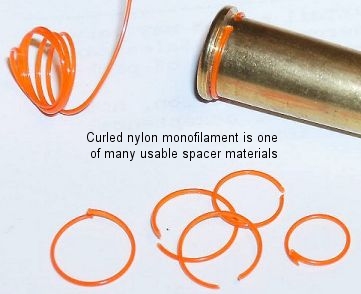
Some like O-rings for this job, but I could never see buying something when a no-cost improvisation from stuff I already have sitting around works just as well for me.
-
-
Legacy Member

Gentlemen,
Thanks for the advise. All may be well after all. What I perceived as the bolt closing wasn't all the way home with the locking lug. I did find I had some plastic shim stock, so I cut out squares that would fit on the back of the gauge, a little spit and they stuck just fine to try the action. My gauge is a .067 and would just not close, with the addition of .002 it only got half way down the ramp.
Now if anyone could help determine where the rifle was made....Correction on serial top line N, 2nd line L (has tail going left on top) 4988
thanks and regards.
Last edited by garra; 04-10-2010 at 04:37 PM.
Reason: added serial
-
-
Legacy Member

Garra, from your description I'd say you've got a "dispersal" rifle. The "bottom half of an L" stamp is a poorly struck B for BSA where it was assembled. The N serial number prefix is right for 1942.
-















 PM
PM






